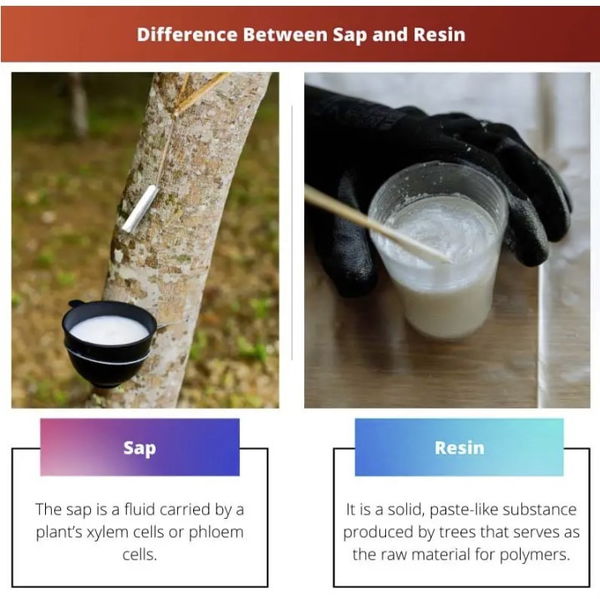Ouch! That looks sore! And.. Take care of the trees, please!
Monday, 10 June 2024
Unfortunately, England is way behind its target of planting 120 million trees by 2025, even though a massive amount of trees has been planted in recent years. And... a great many of these newly planted trees have not survived.
This short blog is an update on the trees planted at Beggars Rigg, and some information on sap. I hope you enjoy reading it. To commemorate the Tree Council Tree Warden Scheme, as well as the five large trees, (one cherry looking a bit uncomfortable) NCC also brought along 150 native saplings for us to plant:
rowan
hawthorn
silver birch
cherry
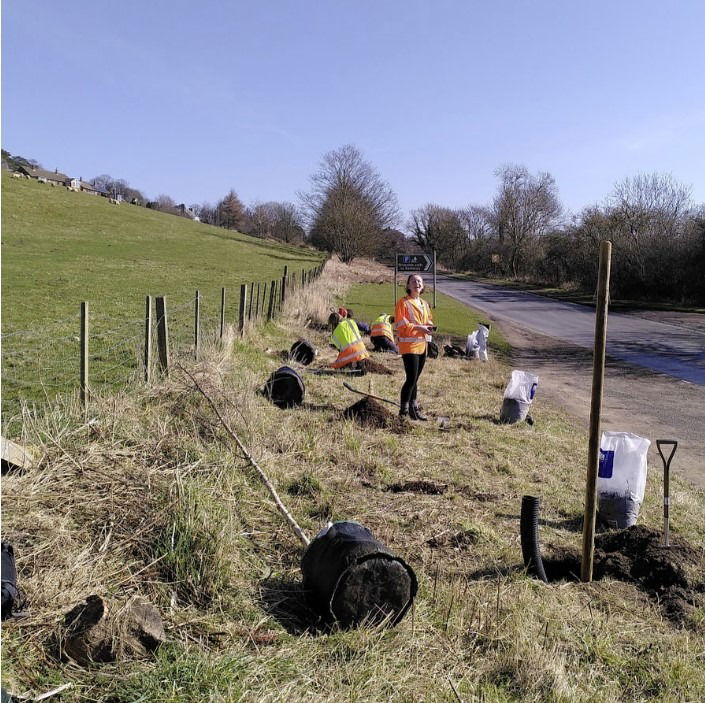
Hazel Scurr, from NCC Climate Change Team, helping with the planting. March 2022.
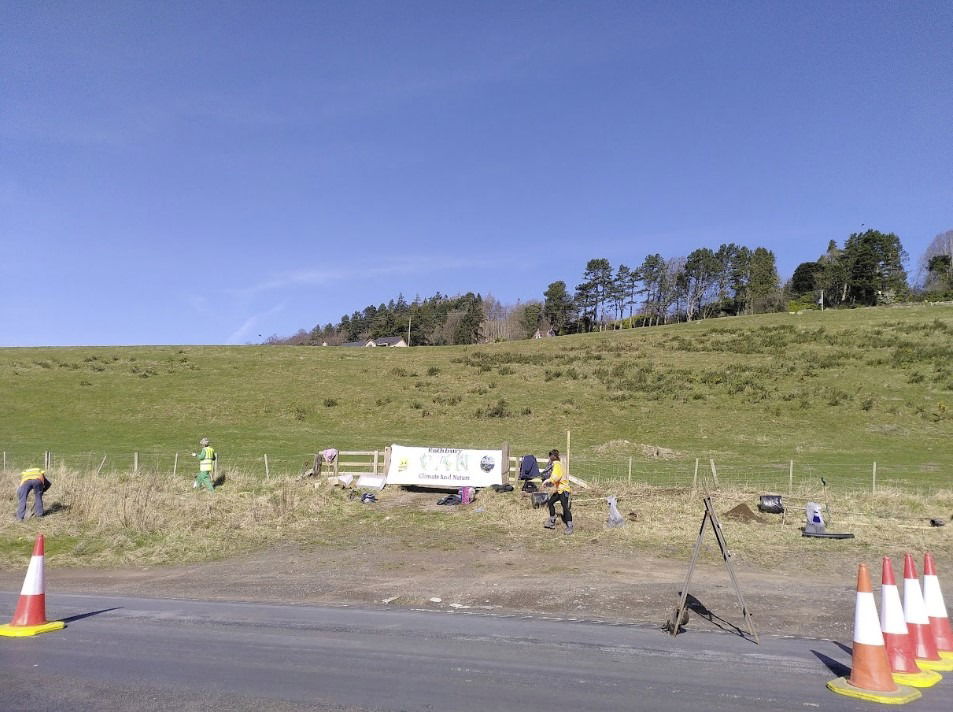
NCC closed one side of the road off, so community volunteers could safely plant a tree. Lots of people, including children, came to help. We were so lucky with the weather!

Rothbury Tree Wardens
Left to Right Back: Chris Hicks, Elidh Gardiner, Jane Cheadle, Joan Pattinson, and Jo Wilkes.
Front: Jen Homer, Hazel Mayer, Katie Scott
It was important for Rothbury Tree Wardens to commit to take it in turns to check on the trees. This meant a great deal of work in watering the thirsty standards (two cherry trees, three silver birch). Great heavy containers of water to pour down the rubber tubes to the big tree roots. It also meant weekly checks on the saplings; replacing tree guards and stakes when necessary, keeping the area around the ground clear of competing grass and plants. Each spring a rota has been made of volunteers who strim the pathways, and tend the trees.
Now that the saplings have been growing along the verge for two years it is interesting to note how differently they are growing. The most vigorous growth by far is by the rowans. And the trees which are growing nearest to the field are doing the best of all. Next best are the silver birch. The hawthorn is not doing too badly, but quite a few of the cherries are not looking so good. One cherry which looked very healthy, was one which had discarded its tree guard. So I decided to remove a couple of guards from two other cherries, which look in a bad way, to see if the freedom helps them. We will see!
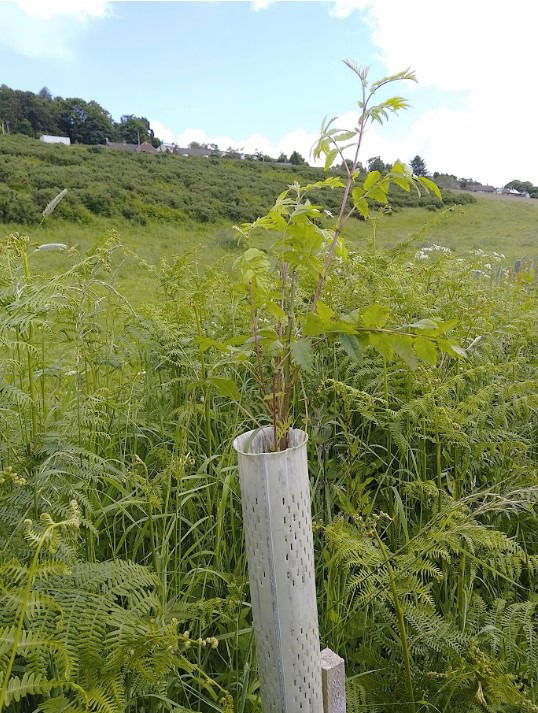
Tall rowan peeping out of its guard.
You might think that tree guards would not be necessary here, but we found that rabbits burrows are down amongst the saplings. And it really does appear to be that the rabbits have chosen to make an entrance near a small tree (maybe to make it easier to find their way??).
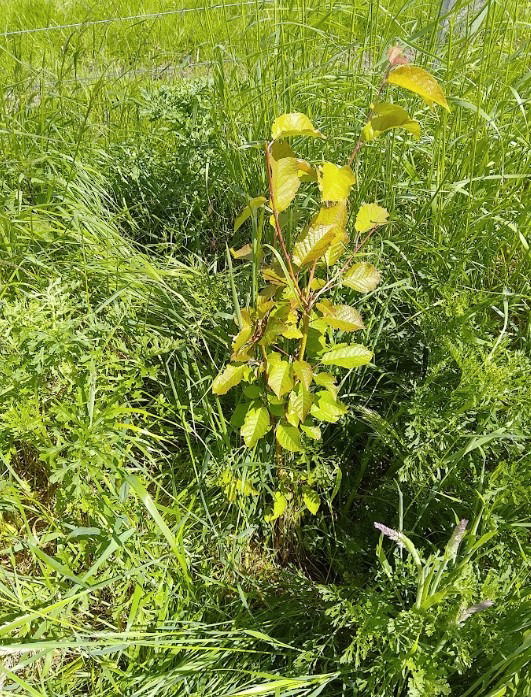
A healthy cherry, no guard, next to a rabbit warren.
The grass will be cut away from around the base of the tree. When it came to looking at the five big trees, I was dismayed to see one of the cherries bleeding thick syrupy sap.
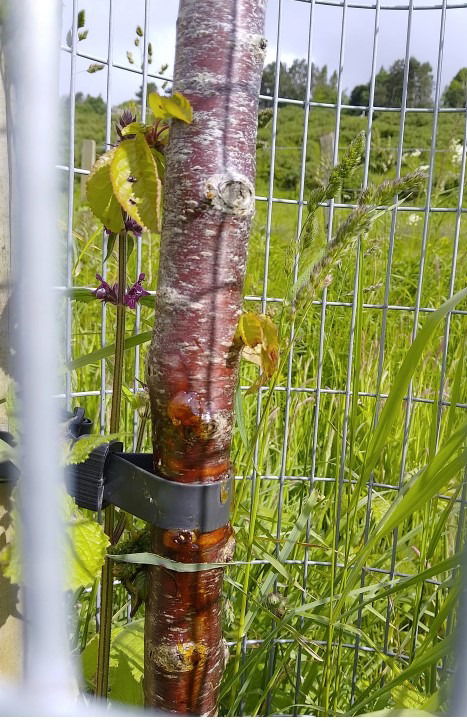
My guess was the strap supporting the tree was rubbing away the bark. I quickly messaged my friend and mentor, Nick Johnson from the Northumberland Veteran Trees project, with a photo, and asked for advice. He agreed it looked like the strap was rubbing, and suggested moving it, which I did.
What is sap, and why does it 'rise'?
We can think of sap as being like the blood in our veins. Like our blood, sap is mostly made of water, but also contains nutrients and minerals. The sap, as we can guess from its appearance, also contains sugars (produced during photosynthesis).
The sap is stored in the trees roots during the winter months, and in the spring, it rises up into the branches, feeding new buds, so helping them to open.
While the sap rises, a tree can leak some of it if it is wounded or damaged.
So what to do about a wounded tree leaking sap?
Should I seal a wound if a tree is bleeding sap? "If a damaged tree is oozing sap, the best thing to do is leave the cut to heal naturally. Sealing a wound cuts off the air supply, creating a damp environment where fungal diseases can thrive. Sealing a wound could also trap pathogens in the bark. Sap will eventually stop flowing from the wound as the water pressure within the tree returns to normal summer levels."
www.woodlandtrust.org.ukwhy-does-sap-rise-in-spring
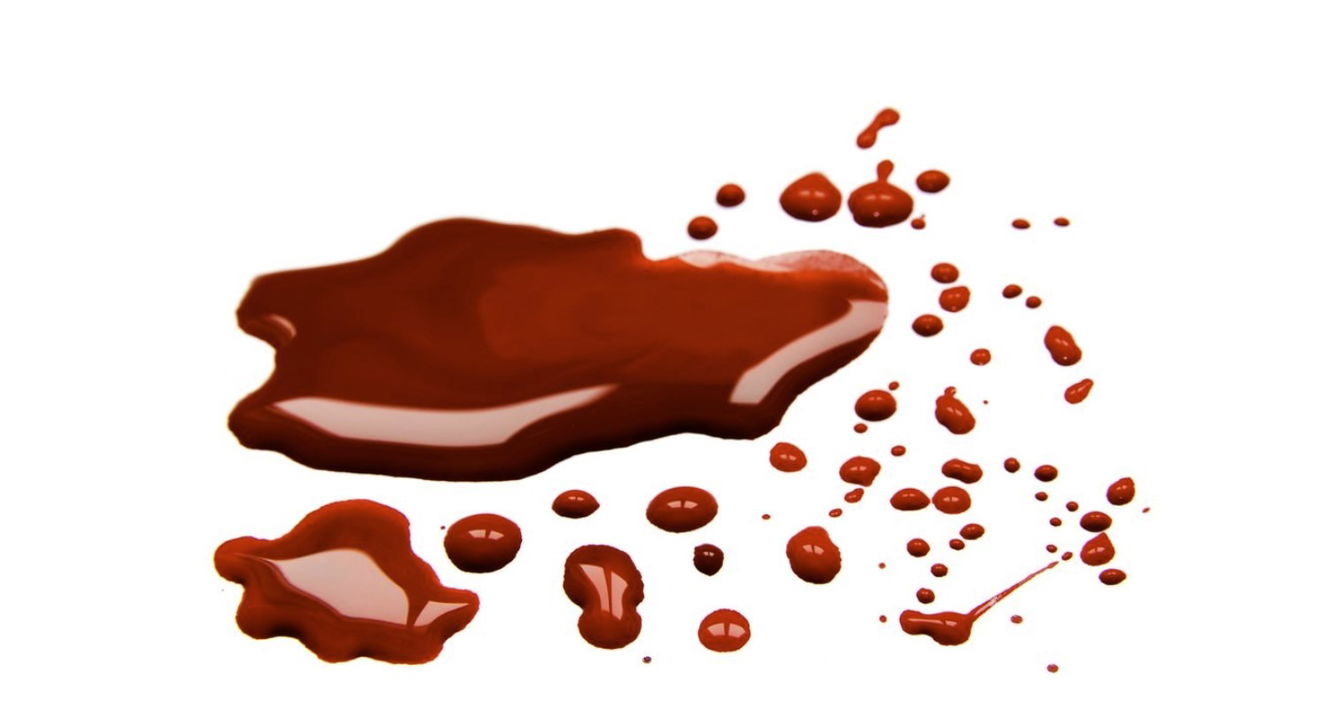
Sap is like our blood in some ways. If a human were to continue to bleed, we would be very worried and certain that they would die before too long. Thankfully, this is where the similarity ends.
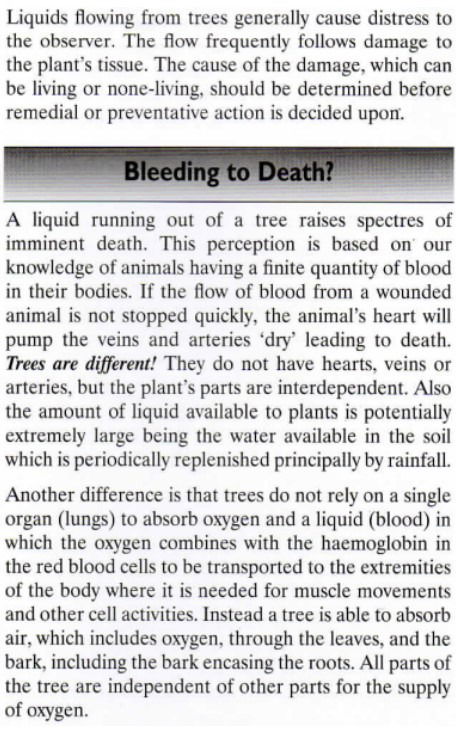
Trees in focus: Trees Bleeding by Derek Patch, Arboricultural Advisory and Information Service.
Tree Sap, or Tree Resin?
These are two separate substances.
Sap is made of sugars, water, amino acids, enzymes, minerals, and hormones. Sap is essential for the development, growth and survival of all trees. Some sap is edible and delicious, such as Maple Syrup. All trees produce some kind of sap, but only trees of the Pinaceae family produce resin - these are the pines, fir, cedar trees.
Resin can also be called 'pitch'. Resin is gluey and is used to make turpentine. Sap is full of nutrients which feed the tree. Resin is either a waste product, or is used by the tree as protection against insects or infections.
